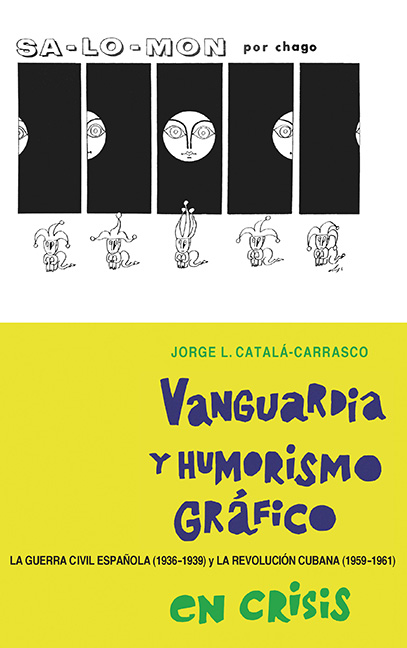
- Cited by 2
-
Cited byCrossref Citations
This Book has been cited by the following publications. This list is generated based on data provided by Crossref.
Green, Stuart and Johnson, P. Louise 2015. Humor in Spain, Part 1: Introduction. Romance Quarterly, Vol. 62, Issue. 4, p. 193.
Catalá-Carrasco, Jorge L. de la Fuente, Manuel and Valdivia, Pablo 2017. Culture, crisis, and renewal: Introduction, Part I. Romance Quarterly, Vol. 64, Issue. 3, p. 107.
- Publisher:
- Boydell & Brewer
- Online publication date:
- June 2021
- Print publication year:
- 2015
- Online ISBN:
- 9781782046011
- Subjects:
- Literature, Area Studies, European History: General Interest, European Literature, History, European Studies
- Series:
- Monografías A


